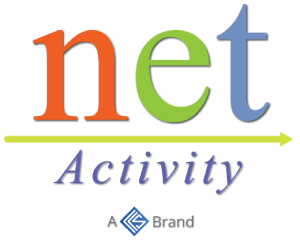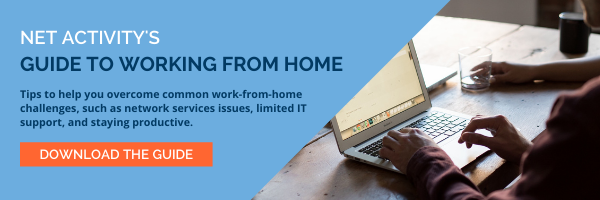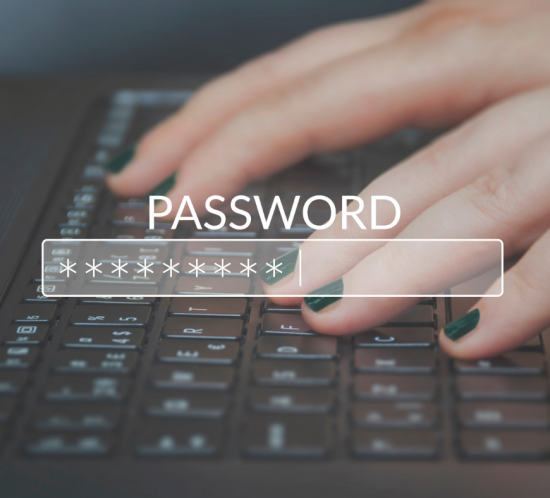There Are Serious Benefits to Setting Up a Knowledge Base
If you are looking for a way to smooth out the edges of your business, consider putting together a knowledge base that includes all policies, procedures, and other information so it is readily accessible by the people that interact within and from outside your business. Businesses that have well-documented policies and procedures have a tendency to have less difficulty onboarding new hires, fewer operational problems, and can always provide access to resources needed by employees, customers, and vendors. Today we will give you a few tips on how to successfully create a working knowledge base.
Step #1 – Figure Out What Knowledge Is Needed
The first step to creating a useful knowledge base for your business is to truly understand what information should be included. If too much information is included or is not easily defined, the platform can actually be a hindrance and even become a problem. You will need to determine what information your audience will need and where there are gaps in knowledge with your day-to-day operations.
Think about it this way, if you want to create a knowledge base that caters to your customers and your staff, you will need to know what their various concerns are. What questions do they continually ask? What part of your business is most hindered by information requests? You’ll need to take into consideration what information they regularly need to know and plan the makeup of your knowledge base around that.
Step #2 – Choose the Type of Knowledge Base You Will Be Focusing On
There are six types of knowledge bases: Internal, hosted, self-hosted, customer, external, and open-source. Each has benefits but may not work for your particular situation. You have to make a decision on how you want to forge ahead. Here is a little information about each type of knowledge base system
Internal – Used by employees only. This typically includes policies for your company as well as workflow procedures to give workers access to the information they need to be as productive and efficient as possible without having to rope other employees in.
Hosted – This is a knowledge base system that is hosted in the cloud for ease of use for employees, customers, and vendors alike.
Self-hosted – This is a knowledge base system that works much like the hosted system, but is hosted on company-owned servers. This provides more control over security.
Customer – Used to provide information to customers only. Many businesses forgo this option with a simple FAQ, but it is a good resource for support.
External – This is a knowledge base system that is publicly available and accessible. This is a great resource for sales and marketing teams as they attempt to find new customers.
Open-source – The open-source knowledge base, like a wiki, is one that anyone can edit. This typically isn’t a great option for small businesses, but for groups of people that are passionate about a subject, it can be one of the best types of knowledge base on the Internet.
Typically, companies will set up a hosted or self-hosted knowledge base if they plan on supporting information geared towards employees and customers.
Step #3 – Create Content
Using the research you conducted in step one, get the experts inside your business to create the content for the knowledge base system. This can take some time, but the more thorough your knowledge base, the more resolutions you will be able to facilitate without productivity interruptions. When creating content for your knowledge base, you want to keep things simple as to not exacerbate people’s problems. You want to keep a question-and-answer-based system that is searchable. You want answers to be clear, readable, engaging and have the utility necessary to solve the problems that someone would need solved when accessing this database.
Step #4 – Don’t Just Set It and Forget It
You will absolutely want to continue to update information as it becomes available. This becomes easier if you make efforts to add it into the workflow when circumstances change. Having a knowledge base filled with inaccurate information won’t do your business any good, so you will want to understand which material is accessed the most and keep adding to it so it represents the most up-to-date information possible.
The knowledge base can be a major benefit for any business as it can cut down on support costs, keep workflows efficient, and help with training.
Give Net Activity a call at 216-503-5150 if you would like to have a conversation about setting up a knowledge base system for your business.















